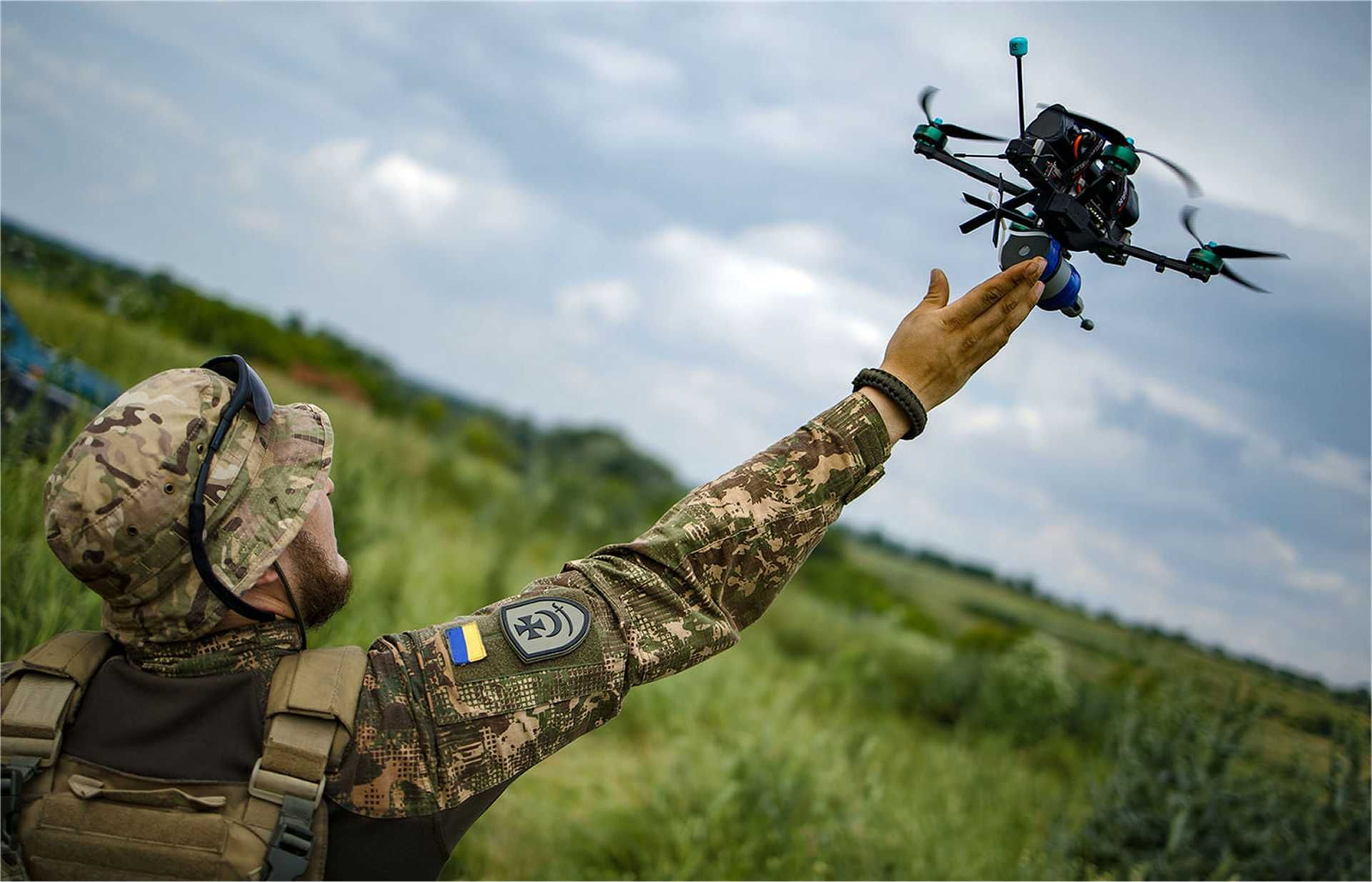
The conflict in Ukraine has morphed into something new. What used to be a battle with tanks, trenches, and regular airplanes has become something completely different: a war of drones. The little flying devices that were once considered just cameras have now become the main characters. They are doing reconnaissance, delivering the blows, diverting, and overpowering, hence changing the way soldiers fight and the way the war is perceived by the people.

Just look at the Russian contribution to this development. On June 29, Ukraine experienced one of the largest air raids throughout the whole period of invasion. More than 537 different airborne attacks, nearly 500 of which were drone and other similar technologies, were launched, supported by a huge number of missiles, all happening within one night.

And the attack wasn’t alone, either. Up until now, Russia has been increasing its drone activity step by step, with the monthly numbers of drone launches hitting even thousands. For the forces of Ukraine, these drone swarms that come day and night, are not only a technological problem but also a psychological challenge as they keep harassing towns and cities.

But Russia doesn’t just bet on the numbers to win the game. Their drones are rapidly changing, and they are now equipped with cameras, navigation supported by artificial intelligence, and they are even able to carry heavier explosives and so on. There is also the “wolf pack” strategy, meaning a group of drones attacking the enemy from multiple directions simultaneously.

This change is supported by mass production. Russian factories that used to rely heavily on foreign models and outsiders for know-how have gone through a major change and are now producing thousands of drones every month, with an international workforce helping to meet the demand.

Ukraine, on the other hand, has not wanted to fall behind. The country of drones has gone from a few small startups to hundreds of companies competing for the fastest innovations. The Ukrainians are mixing the impossible with the necessary. Frontline personnel have turned their leisure-time quadcopters into war drones, while the Ukrainian drone industry is now filled with combat drones designed specifically to meet the need. Engineers are using whatever they have, from radios to gaming gear, to network the drone, and these UAVs now guide artillery, perform reconnaissance, and even carry out direct strikes.

But there are still limitations in front of the Ukrainian side. Someday, about drones made to be cheap and that move as fast, traditional air defense systems can’t really do the job. And advanced systems like the Patriot are too precious and costly to be lost on meaningless targets. Hen, the reason Kyiv’s insistence on “drone hunters” marking development, of aircraft expected to overtake in mid-air and shoot down the drones of the opponents. Zelenskyy has emphasized their rise. Apparently, there were several Russian Shaheds shot down in July, and in the coming days, there will be more intercepting stations coming along to support that.

On the other hand, both sides are trying out different solutions coming from the field of gradually built technology. Jamming equipment, hacking software, targeted-energy weapons, and makeshift drone fighters have been added to the mixture. While the Russian army has changed simple pilot planes into badly made anti-drone planes that fire shotguns, the Ukrainian military has put bomb rifles on small planes of its own. It may not be as glamorous as high-tech dogfighting, but in a war of attrition, even the low-cost tricks have their role to play.

Moreover, on the more advanced side, the construction of the counter-drone is quite complicated as it fuses many technologies such as radar, acoustic sensors, and radio-frequency detectors, to identify the target before it tries to jam, hack, or shoot them with lasers. However, even then, none of the defenses is perfect. There are a few drones that work completely on their own and can jam the. The swarms of drones could be so large that the number of interceptors is not enough to defend against them, and directed energy cannot work efficiently in bad weather.

One thing that cannot be questioned is the change from the traditional way the war goes. Drones no longer play the role of actors in the background—they are the ones on the front line. Instead of huge stockpiles of the Cold War era, today’s battles become more and more influenced by the deployment of small, autonomous machines in vast numbers. Both Russia and Ukraine are changing at a lightning pace, and the militaries around the world are keeping a very close eye on this.

So if you happen to hear the very faint drone sound just above your head, bear this in mind: In Ukraine, that sound means a lot more than just a small piece of tech. It signifies the dawn of a new era in war, one that is being rewritten by innovation, swarming machines, and the ingenuity of man, all in real time.
